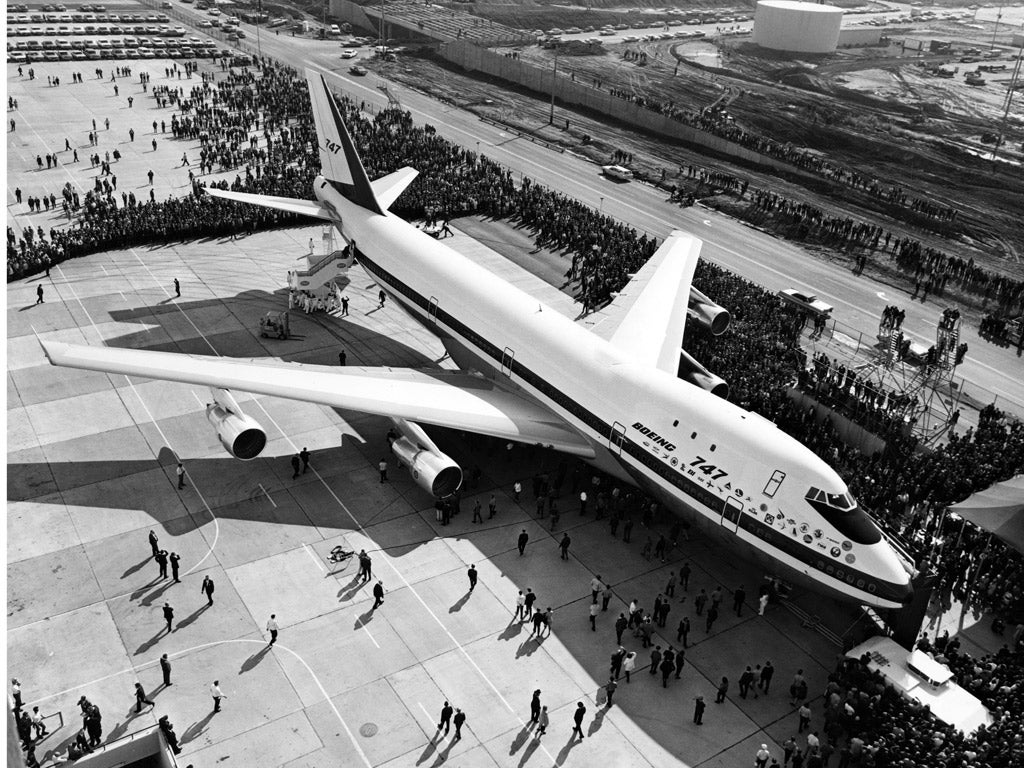Tony Wheeler: Sixty years on, which is the best jet airliner of them all?
Something to Declare

Sixty years after the first passenger jet flight, the online newsletter Flightglobal.com has conducted a poll with the simple question: "What has been the most important passenger jet of the past 60 years?"
The resounding answer: the Boeing 747, the original "jumbo jet". Not only was it the first widebody to enter service – an astonishing 42 years ago – but you still see them every day. When was the last time you saw one of the other early wide-bodies (the Douglas DC-10 and the Lockheed TriStar) arriving or departing from a First World airport? It was the 747 which started us flying long distances at low cost. Even today their pilots love them, and so do their passengers.
You can propose an assortment of other aircraft for the title, but one by one I'd knock them all back. The Comet? Well, it was a pioneer, but the unfortunate Comet 1 suffered from that prime British engineering fault of the 1950s – being put it into service before it was properly developed. Lots of British cars suffered from that problem as well, but they didn't fall out of the sky when things went pear-shaped. By the time the Comet 4 came along it was already last year's model. The Concorde? Don't make me laugh. Military technology applied to high-end civil aviation was bound to fail.
On the other hand, the Boeing 707 is a contender. It was the first really effective jet airliner, quickly driving all its propeller-engined competitors out of business – goodbye DC-7s and Britannias – and it kept going for a long time. Boeing has another contender, the 737. Not only are there more of them than any other jet liner, but it's also been around for even longer than the jumbo. Another five years and the 737 will not only be turning 50, but there'll be a new model coming out. Along with its Airbus near-twin, the A320, the 737 is the backbone of the other big airline story of the jet age, the rise of the low-cost carriers. From Ryanair to AirAsia, easyJet to Southwest, those two aircraft are the mainstays of the fleets.
Move up the size brackets and I'd bet more than a few airline bosses would nominate the Boeing 777 as their "best aircraft". Only two engines, cheap to operate, and reliable.
Now "best looking" rather than just "best", that's a different question. Although the Concorde might get a look-in here, I reckon the graceful 707 is, once again, a contender. Or the four-engine Airbus A340, but that's probably because, at a glance, it's so easy to mistake it for a 707. Or the poor old Vickers VC10 – now that was a good-looking aircraft, even if it was another British economic disaster. I was delighted to see some Ilyushin Il-62s, the lookalike Russian "VC10ski", when I flew out of Moscow a couple of weeks ago.
Does it all matter? Whenever I ask my wife what she's just flown on she has no idea. If I quiz her further the only clues will be if it had twin aisles or stairs, and, since the A380 arrived, even stairs don't count as positive identification. She isn't alone: unbelievably I know travel writers who can't tell an Airbus A330 from an Embraer 190.
'Tony Wheeler' is co-founder of Lonely Planet travel guides
Join our commenting forum
Join thought-provoking conversations, follow other Independent readers and see their replies
Comments